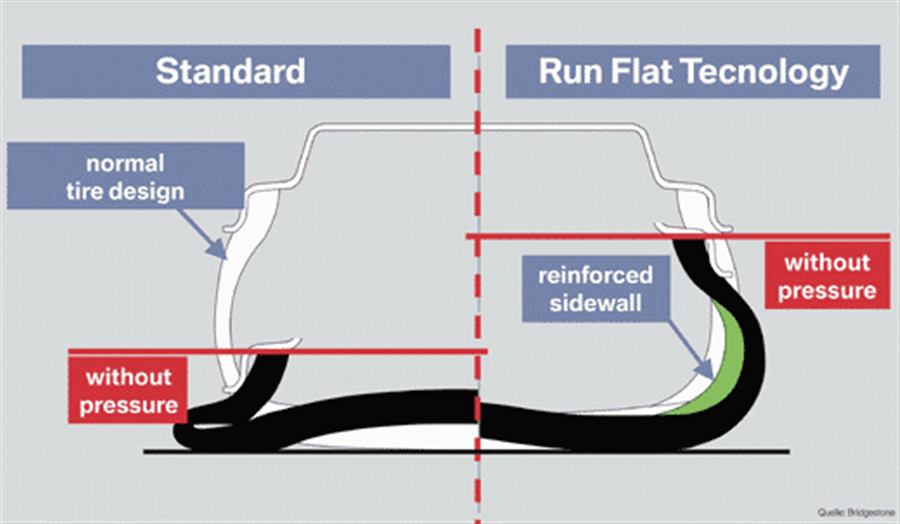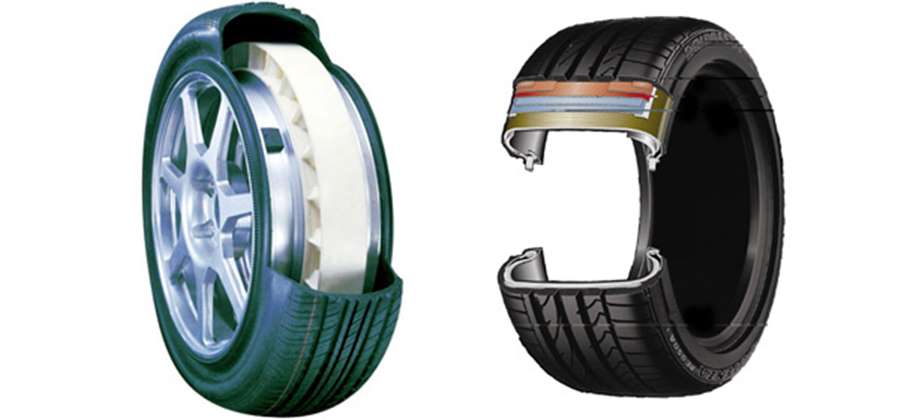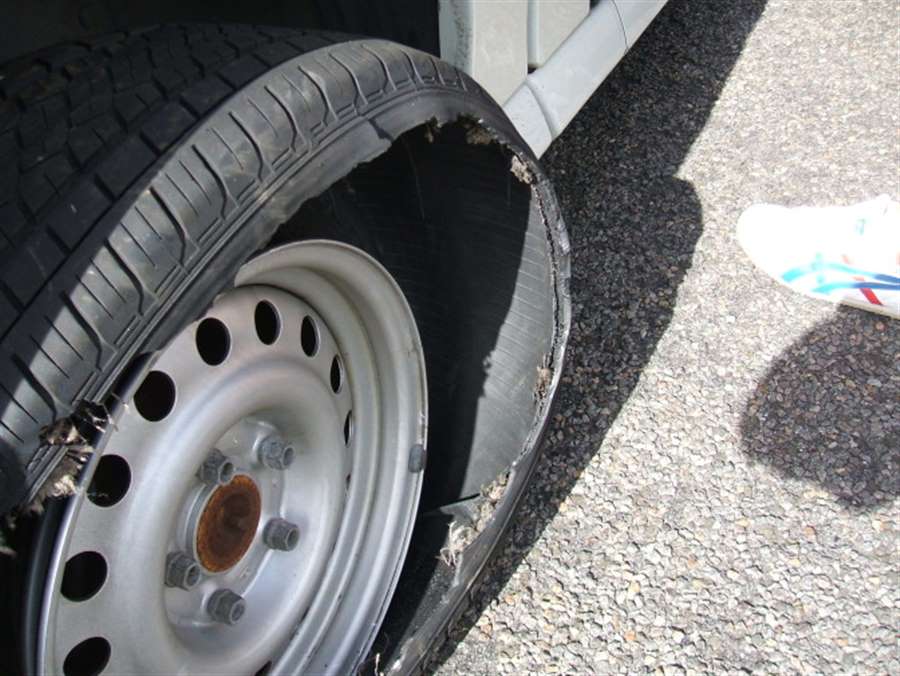Runflat tires
-
Run-flat tires: yes or no?

The idea from run-flat tires is great: after a flat tire / puncture, it is possible to drive another 80 kilometers, but the real question is: how do run-flat tires behave in the real world?
Some time ago I had an appointment with a business partner from another city. About an hour before the start of the meeting, he called me to tell me that he would be late because he had a problem with the car - a tire defect. So the morning meeting turned into a late afternoon, and as we stood in front of the company I asked him what his tires were, and he just sadly said, “Run-flat”. After that, a complaint started about how much those tires cost, how - obviously - they didn't work the way they were designed and how he had trouble finding a vulcanizer to patch that tire.

In a study done by J.D. Power states that users of run-flat tires are dissatisfied with users of "ordinary" tires and that they changed tires more often in the first two years of use than users who stayed with classic tires. In percentage terms: 10% of run-flat tire owners changed their tires in the first year compared to 7% of classic tire owners, while in the second year the clash increased: 27% of run-flat tires versus 16% of classic tires.
The director at J.D. Poweru Brent Gruber says: “It is crucial that car and tire manufacturers pay attention to driving characteristics and the issue of tire life. The users expect that the run-flat tire will not be worse in terms of durability and the possibility of a quiet and comfortable ride. ”
Where is the problem? Run-flat tires to maintain their shape after a puncture must be stiffer than classic tires: a stiffer tire means a harder ride and more noise. And not only that - run-flat tires are heavier, which means they wear faster than classic tires, and weight also has an impact on fuel consumption.
With all that, the experiences of the owners are not easy. Like my business partner, other owners face the same problems: in order to patch run-flat tires, vulcanizers must be equipped with special tools that not everyone has. If the tire cannot be patched - it is necessary to buy a new one. This again leads to a new problem - on average run-flat tires cost 33% more than classic tires in the same class. It should also be borne in mind that they do not last as long.










